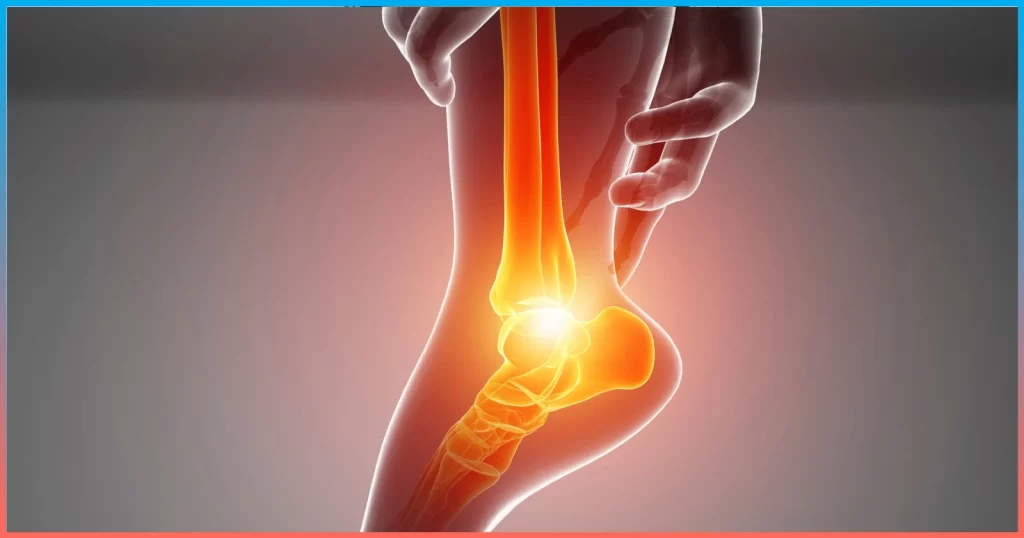Eosinophilic gastritis is a sporadic, chronic disease of the stomach. EG occurs when you have too many WBCs called eosinophils working with your immune system, guarding your stomach. You might be relieved by medication or dietary changes from nausea or stomach pain.
What is Eosinophilic Gastritis
Eosinophilic gastritis is a periodic disease of the stomach. In EoG, many white blood cells, such as eosinophils, accumulate in the stomach. Too many eosinophils in the stomach could cause injury and irritation to this organ.
EoG may affect all age groups; people with EoG often have other allergic conditions, like rhinitis, asthma, and eczema (skin rashes).
Who are more likely to get affected by Eosinophilic Gastritis (EoG)
Eosinophilic gastritis is not limited to any age group. Healthcare providers commonly diagnose EG in adults aged 30 to 50 years. A few more individuals assigned males at birth, as compared to those assigned females at birth, develop the disease.
You could be at greater risk of developing EG if you have a history of allergic disorders or a family history of related diseases.
People who develop EG often have allergic conditions such as:
- Asthma
- Food intolerance or food allergies
- Hay fever (allergic rhinitis)
- Runny nose (rhinitis)
- Skin rash (eczema)
What causes Eosinophilic Gastritis?
In many cases, however, the cause remains unknown. It is suggested that people with a personal or family history of allergic conditions are at higher risk of having Eosinophilic Gastritis (EoG).
- Allergic reactions
- Infections
- Genetic predisposition
- Dietary triggers
What are the most common Symptoms of Eosinophilic Gastritis?
Eosinophilic Gastritis Symptoms:
- Vomiting
- Nausea (upset stomach)
- Trouble eating (such as: loss of appetite, problems swallowing, refusal to eat, eating slowly, not eating enough)
- Hard to gain weight
- Poor growth and weight loss
- Stomach pain
- Anemia (low red blood cell counts)
- Fatigue (tired feeling)
How is Eosinophilic Gastritis diagnosed?
Diagnosis of eosinophilic gastritis may be slow because it mimics many common conditions. It is typically diagnosed through blood work, which exhibits an elevated eosinophil count, endoscopic changes to the stomach, and examination of minute specimens taken from the stomach under the microscope.
Suppose the eosinophils increased in the deeper layers of the wall of the stomach. In that case, there might be difficulty in observing such eosinophils with superficial biopsies, and the disease may be time-consuming to diagnose.
A healthcare provider will look at these to diagnose EoG:
- Performs a physical exam.
- Asks you about your medical history.
- Orders blood tests, including a complete blood count, to detect abnormalities and help rule out other conditions.
High eosinophil levels in the stomach can occur in many conditions. EoG cannot be diagnosed on eosinophil levels alone.
Treatment option for Eosinophilic Gastritis
There are no defined guidelines for treating EoG. In infants, a change in formulas may be helpful. For older people, the EoG has likely been there for many years. EoG may respond to:
- Medicines that reduce inflammation (swelling)
- Medicines that reduce the immune system response
- Changes in the diet
- Investigational Medicines — These medicines may help reduce the number of eosinophils in the stomach.
Treatment will include medication or dietary changes, including drugs that reduce swelling and the immune system, such as steroids.
Medicine reduces the symptoms of the EoG but does not cure the condition. Either drugs or diet changes will need to be taken for the rest of the patient life to keep the EoG inactive and the symptoms under control.
Monitoring of EoG by regular endoscopies with tissue samples is mandatory for the course of EoG and to assess the response to the treatment.
Eosinophilic Gastritis (EoG) Clinical Trials in California
If you or someone you know suffers from Eosinophilic Gastritis (EoG) and wants to get involved in clinical trials and help medical science discover new treatments or medicine. You can visit our active clinical trials in California and check if we are enrolling for Eosinophilic Gastritis (EoG) Clinical Trials in California.
Conclusion
Eosinophilic gastritis is described as a rare, chronic disorder with the potential to worsen quality of life. Its etiology is unknown, but it could easily affect all patients with allergic conditions. Nausea, epigastric pain, and weight loss complicate the process of the diagnosis and may need an extensive workup.
Although symptoms cannot be cured, medications and dietary changes may alleviate some of the discomfort. Support is ongoing, and more research and clinical trials are occurring so that effective treatments in the future will be assured. All these strategies and monitoring for life are essential to ensure the best patient outcomes.



